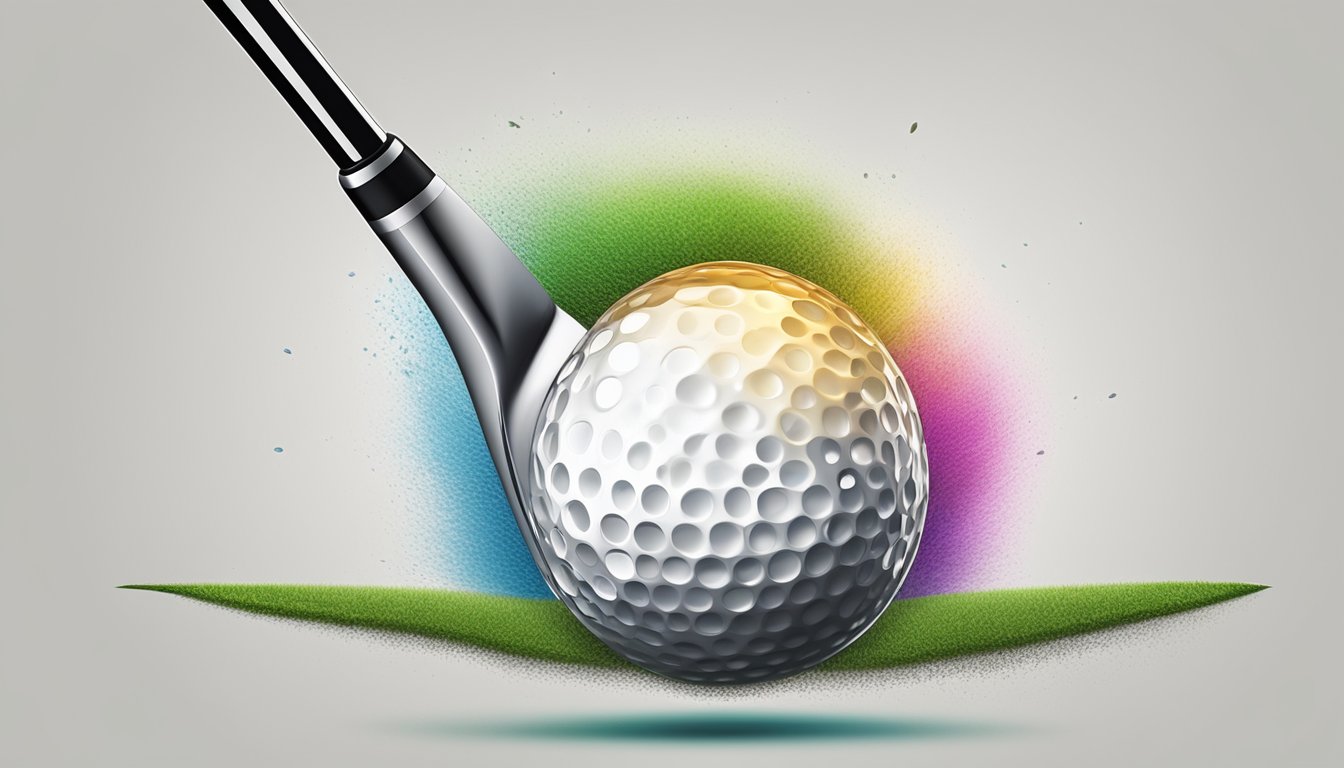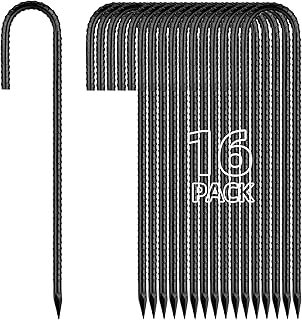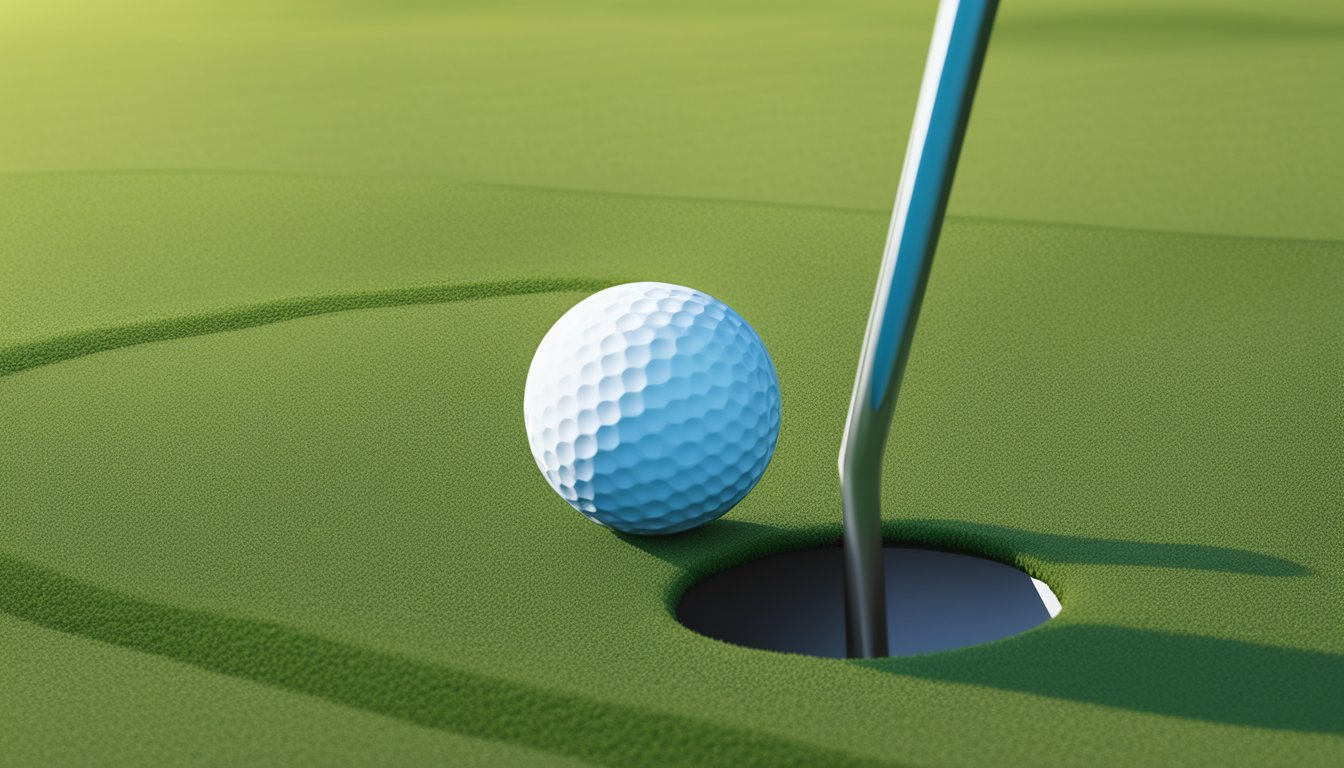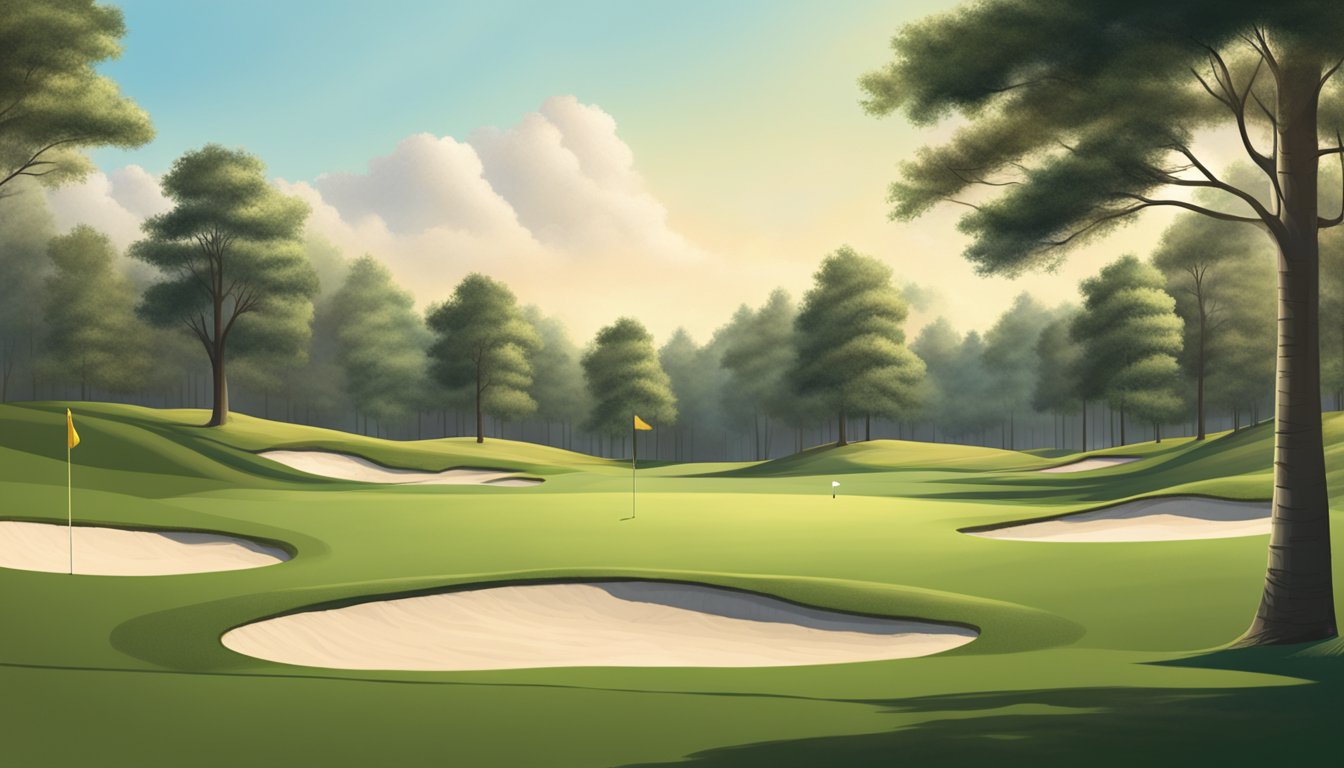If you’re an avid golfer, you know that a slice can be a frustrating shot to deal with. A slice is when the ball curves off to the right (for right-handed golfers) or to the left (for left-handed golfers) and can cause you to lose distance and accuracy. Understanding what causes a slice is the first step in fixing it and improving your game.
The basics of a golf slice involve the clubface being open at impact, causing the ball to spin off to the side. This can be caused by a number of factors, including your grip, swing path, and body positioning. Identifying the root cause of your slice is key to fixing it and preventing it from happening in the future.
In this article, we’ll explore the common causes of a golf slice and how to fix it. We’ll also discuss the impact a slice can have on your game and advanced techniques and technology that can help you improve. By the end of this article, you’ll have a better understanding of what causes a slice and how to fix it, so you can enjoy your game and improve your score.
Key Takeaways
- A slice is caused by an open clubface at impact, which can be caused by a number of factors.
- Identifying the root cause of your slice is key to fixing it and preventing it from happening in the future.
- Advanced techniques and technology can help you improve your game and prevent a slice.
Understanding the Basics of a Golf Slice
https://www.youtube.com/watch?v=yNo4DUyLRns&embed=true
Golf Swing Basics
If you’re new to golf, understanding the basics of a golf swing is essential. The golf swing consists of several components, including grip, stance, backswing, downswing, impact, and follow-through. Each of these elements plays a crucial role in hitting the ball straight and far. A slice in golf usually occurs due to an incorrect swing path, an open clubface, or a combination of both.
What is a Slice in Golf?
A slice in golf is a shot that curves severely from left to right (for a right-handed golfer). It’s a common problem for many golfers, especially beginners, and can be frustrating to deal with. A slice can cause you to lose accuracy and distance, making it difficult to hit fairways and greens.
To understand what causes a slice in golf, let’s look at the swing path. A slice occurs when the clubface is open at impact, and the swing path is outside-in. The clubface is the part of the club that makes contact with the ball, and an open clubface means that it’s pointing to the right of the target at impact. The swing path is the direction the clubhead is moving during the swing. An outside-in swing path means that the clubhead is moving from outside the target line to inside the target line, resulting in the ball spinning to the right.
To fix a slice in golf, you need to correct your swing path and clubface position. One way to do this is to focus on your grip and make sure your hands are positioned correctly on the club. Another way is to practice your swing with a closed clubface, which will help you get used to hitting the ball straight.
In summary, a slice in golf is a common problem that can be fixed by understanding the basics of the golf swing and correcting your swing path and clubface position. With practice and patience, you can hit the ball straight and far, improving your accuracy and distance on the course.
Common Causes of a Golf Slice
https://www.youtube.com/watch?v=Io4zqrwJc8g&embed=true
If you are struggling with a slice in golf, there are several common causes that you should be aware of. Understanding these causes can help you diagnose the issue and work on correcting it.
Faulty Swing Path
One of the most common causes of a slice in golf is a faulty swing path. Specifically, an outside-in swing path can cause the clubface to open, leading to a slice. This occurs when you swing the club in an arc that is too steep or when you come over the top of the ball.
Incorrect Clubface Position
Another common cause of a slice is an incorrect clubface position. If the clubface is open at impact, it can cause the ball to spin to the right, resulting in a slice. This can happen if you have an open clubface at address or if you fail to square the clubface during your swing.
Improper Grip
Finally, an improper grip can also cause a slice. Specifically, a weak grip can cause the clubface to open at impact, leading to a slice. To fix this issue, try adjusting your grip so that your hands are rotated more to the right (for right-handed golfers).
By addressing these common causes of a slice in golf, you can start to correct your swing and improve your game. Remember to focus on your swing path, clubface position, and grip to get the best results.
Impact of a Slice on Your Game
When you hit a slice in golf, it can have a significant impact on your game. Here are a few things to keep in mind:
Effect on Distance
One of the most noticeable effects of a slice is that it can cause you to lose distance on your shots. When the ball curves to the right (for a right-handed golfer), it doesn’t travel as far as a shot hit straight down the fairway. This means that you may need to hit longer clubs to reach the same distance as a golfer who hits the ball straight.
Influence on Ball Flight
Another thing to consider is how a slice can affect the flight of your ball. When you slice, the ball starts out to the left of your target and then curves to the right. This can make it difficult to hit fairways and greens, as well as increase the likelihood of hitting hazards such as bunkers and water.
Potential Handicap
Finally, it’s worth noting that a slice can have an impact on your overall handicap. If you’re consistently hitting slices, it can be difficult to post low scores, as you’ll be missing fairways and greens more often. This can make it harder to achieve your goals on the course and enjoy the game to its fullest.
Overall, a slice can be a frustrating problem to deal with in golf. By understanding the impact it can have on your game, you can start to take steps to fix it and improve your performance on the course.
How to Fix a Golf Slice
https://www.youtube.com/watch?v=xG66WXfnCTg&embed=true
If you’re struggling with a slice in your golf game, don’t worry, you’re not alone. In fact, a slice is one of the most common problems that golfers face. The good news is that there are several things you can do to fix it. Here are some grip, setup, swing path, clubface, and drill adjustments that can help you fix your slice.

Grip and Setup Adjustments
« Best Cobra Hybrids: A Guide to the Top Picks for Your Golf Bag
9 Simple Golf Tips to Lower Your Scores Dramatically »
One of the most common causes of a slice is an improper grip and setup. To fix this, start by making sure that your grip is not too weak or too strong. A weak grip can cause the clubface to open at impact, while a strong grip can cause the clubface to close at impact.
Next, make sure that your setup is correct. Your feet should be shoulder-width apart, and your weight should be evenly distributed between your feet. Your ball should be positioned slightly forward of center in your stance, and your shoulders should be parallel to your target line.
Swing Path and Clubface Corrections
Another common cause of a slice is an outside-to-inside swing path and an open clubface at impact. To fix this, try to swing more from the inside and close the clubface at impact.
One way to do this is to focus on your backswing. Try to take the club back on a more inside path, and keep your hands close to your body. This will help you swing more from the inside on the downswing.
Another way to fix your swing path and clubface is to practice hitting punch shots. This will help you focus on keeping the clubface square at impact and swinging more from the inside.

Effective Drills
There are several drills that can help you fix your slice. One effective drill is to place a headcover or tee in front of the ball and try to hit the ball without hitting the headcover or tee. This will help you focus on swinging more from the inside and closing the clubface at impact.
Another effective drill is to practice hitting shots with a closed stance. This will help you swing more from the inside and close the clubface at impact.
In conclusion, fixing a slice in your golf game can be challenging, but it’s not impossible. By making grip, setup, swing path, clubface, and drill adjustments, you can fix your slice and improve your game.
Advanced Techniques and Technology
If you’re still struggling with your slice after trying the basic techniques, it may be time to explore advanced techniques and technology. Here are some ways to improve your swing and reduce your slice.

Using Equipment to Your Advantage
One of the simplest ways to improve your slice is to use equipment that is designed to help you hit straighter shots. For example, a driver with a larger clubface can help you hit the ball more consistently, while a driver with an adjustable weight system can help you adjust the center of gravity and reduce your slice.
Leveraging Golf Technology
Another way to improve your slice is to leverage golf technology. For example, a Flightscope launch monitor can help you analyze your swing and identify the specific areas where you need to improve. With this information, you can work on your swing and make adjustments to reduce your slice.
Seeking Professional Help
Finally, if you’re still struggling with your slice, it may be time to seek professional help. A golf instructor can help you identify the specific areas where you need to improve and provide you with personalized feedback and advice. With the help of a professional, you can work on your swing and make adjustments that will help you hit straighter shots.
Remember, reducing your slice takes time and practice. But with the right techniques, equipment, and technology, you can improve your swing and hit straighter shots.
Frequently Asked Questions
How to fix a slice in golf?
To fix a slice in golf, you need to identify the root cause of the problem. One of the most common causes of a slice is an open clubface at impact. To fix this, you need to work on squaring the clubface at impact. You can also try adjusting your grip, stance, or swing path to correct your slice.
How to stop slicing a golf ball when driving?
If you’re slicing the ball when driving, it could be because you’re swinging too hard or your stance is too wide. To stop slicing the ball, you need to work on your swing mechanics and make sure you’re hitting the ball with a square clubface. You can also try adjusting your grip or stance to correct your slice.
What causes a hook in golf?
A hook in golf is the opposite of a slice. It happens when the ball curves from right to left (for a right-handed golfer). The most common cause of a hook is a closed clubface at impact. This means that the clubface is pointing to the left of your target at impact. You can fix a hook by working on squaring the clubface at impact.
What is the opposite of a slice in golf?
The opposite of a slice in golf is a hook. A slice happens when the ball curves from left to right (for a right-handed golfer), while a hook happens when the ball curves from right to left.
Why do I slice when I swing hard?
Swinging too hard can cause you to lose control of your swing, leading to a slice. When you swing too hard, you’re more likely to come over the top of the ball, which can cause the clubface to open at impact. To fix this, try slowing down your swing and focusing on hitting the ball with a square clubface.

Is my grip causing my slice?
Your grip can be a contributing factor to your slice. If your grip is too weak or your hands are too far to the right, it can lead to an open clubface at impact, resulting in a slice. To fix this, try adjusting your grip and making sure your hands are in the right position.











